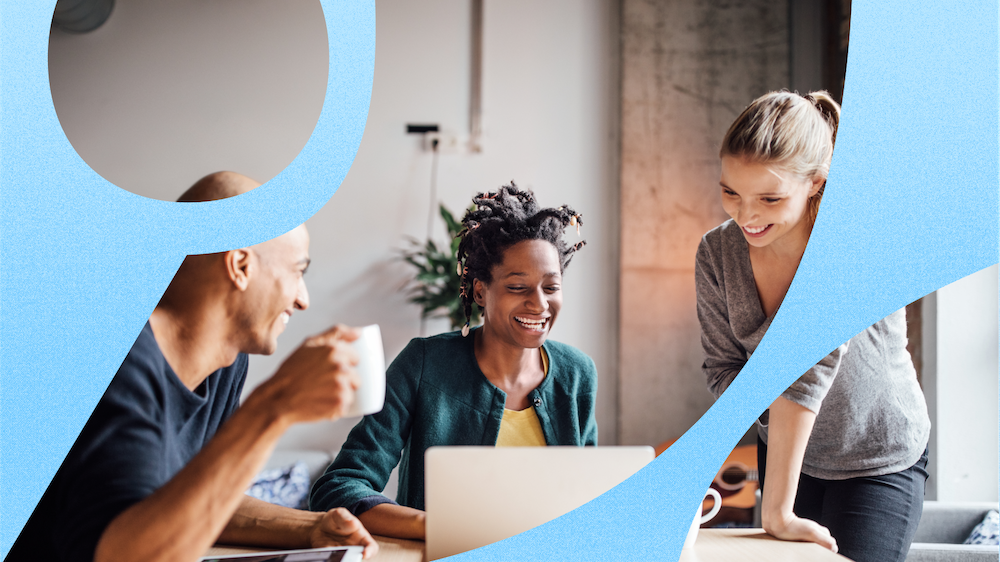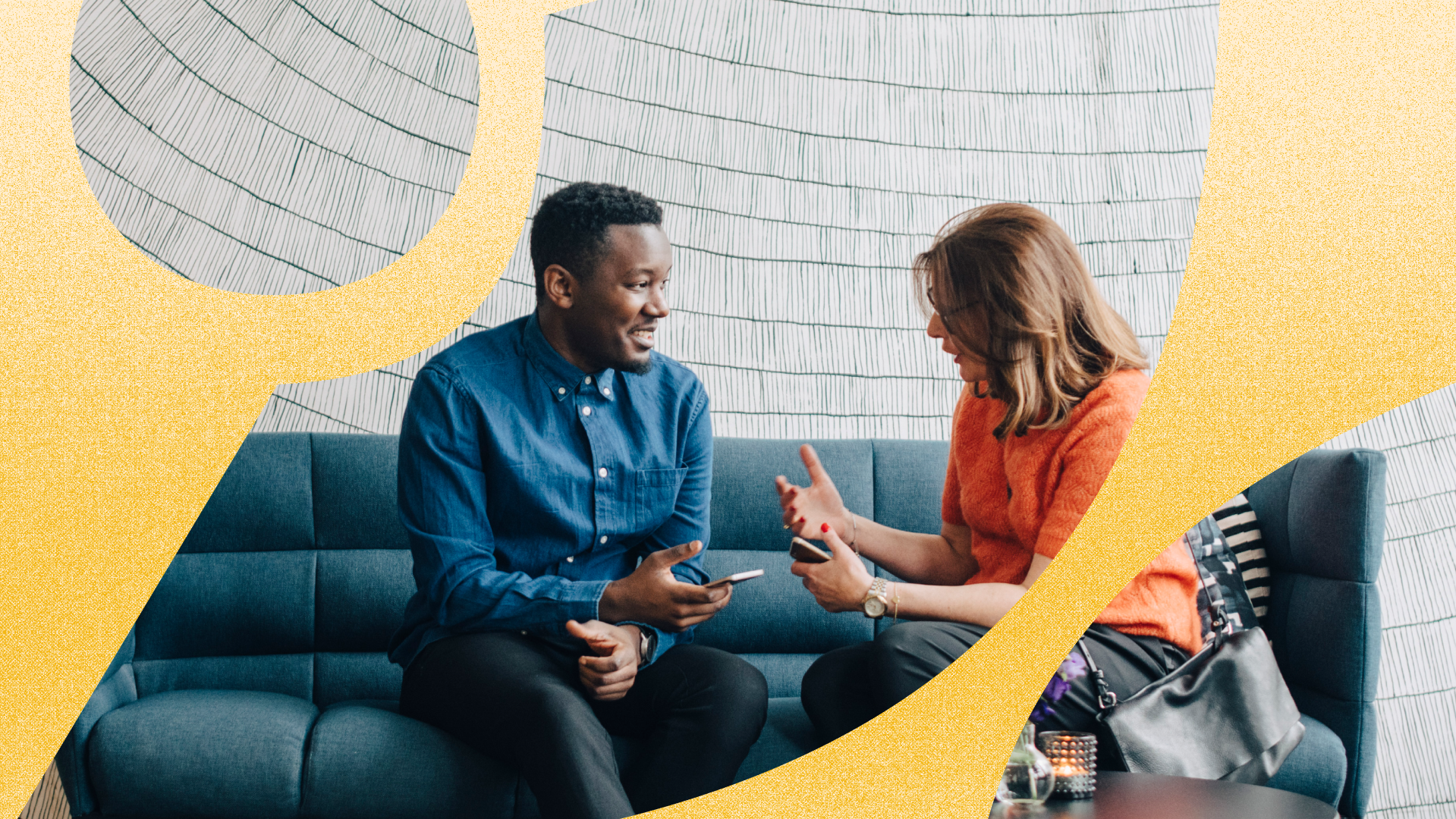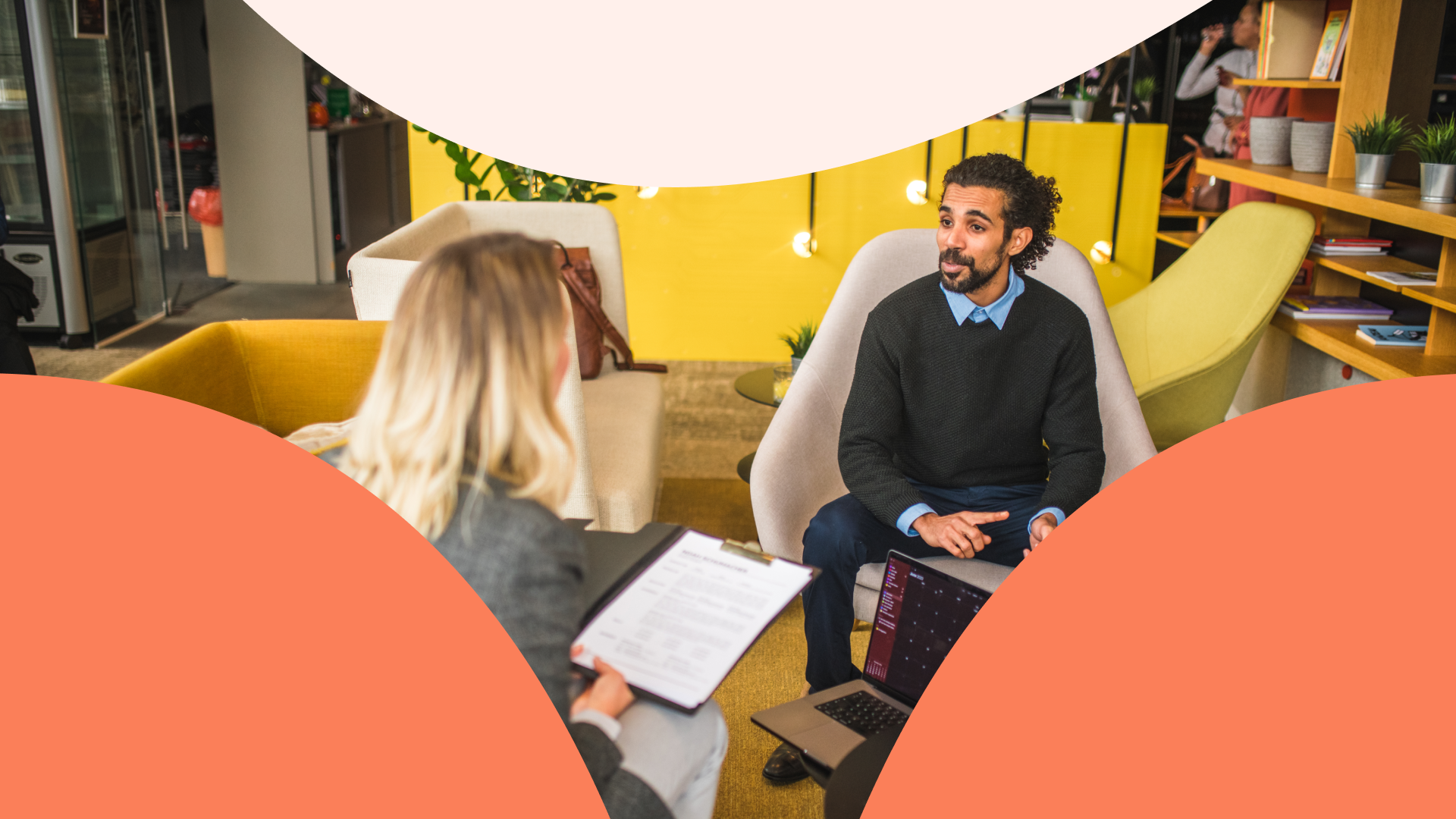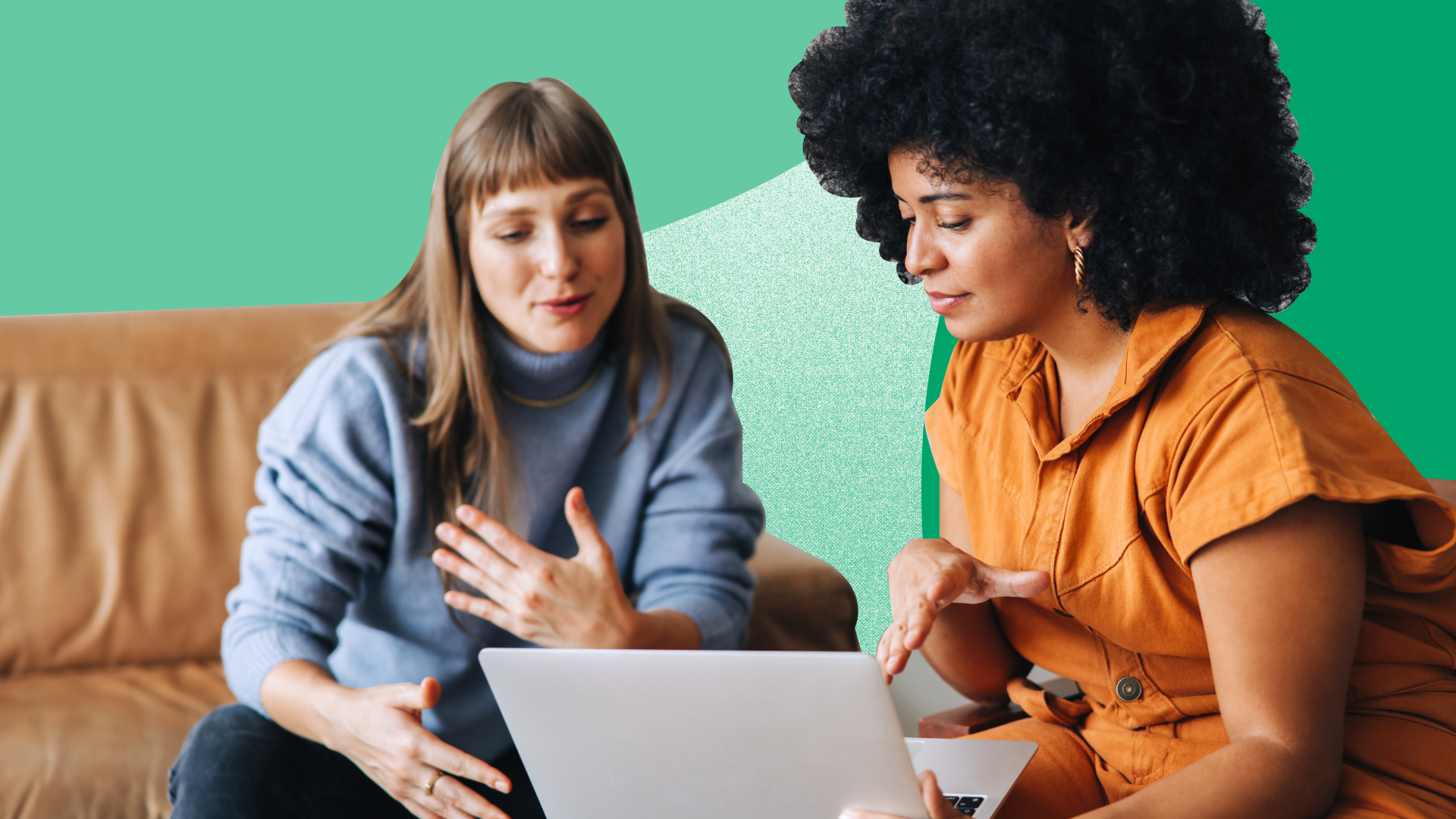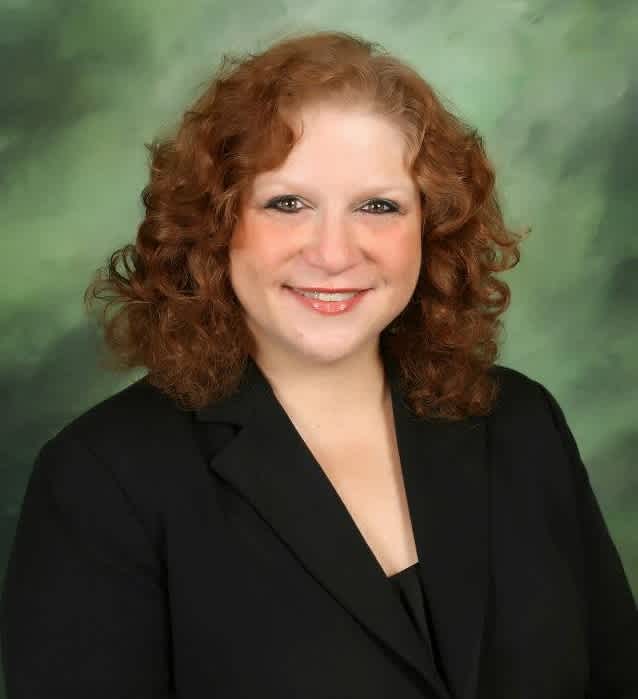Understanding Unconscious Bias
How Unconscious Bias Forms
Unconscious Bias in Action
Overcoming Bias: Unconscious to Conscious
Be Part of the Solution
By definition, bias is a form of prejudice against or in favor of someone or something, in a way that is considered to be unfair. Bias often involves stereotyping groups of people or individuals, based on certain characteristics. Many people believe they avoid stereotyping and aren’t subject to bias, but the tricky thing is that bias can be conscious or unconscious. When a person doesn’t recognize unconscious bias, it can result in negative attitudes or behaviors toward others. Because of this, unconscious bias is a significant barrier to equity and inclusion in the workplace.
Understanding Unconscious Bias
Unconscious bias, also called implicit bias, is simply bias that a person isn’t aware they have. Part of what makes unconscious bias so dangerous is the fact that it can impact a person’s behavior without the person having awareness of it.
How Unconscious Bias Forms
While it’s not unusual for people to want to believe they don’t have any biases, the reality is that everyone has some unconscious biases. Unconscious biases exist because of how the human brain categorizes what people experience:
People are constantly bombarded with more stimuli or information than what’s possible to consciously process.
As a result, a person’s brain works behind the scenes to make sense of what amounts to information overload.
New information is continually being categorized in a person’s mind without being consciously perceived.
Some information is categorized positively, while other information is categorized negatively.
An unfamiliar person or situation is highly likely to get categorized negatively, without conscious consideration or awareness.
This is how unconscious biases develop — it’s just your brain trying to make sense of new information. Someone similar to you may be placed into a “good” category. Someone different from you, or different from others within your comfort zone, may be placed into a “bad” or “uncertain” category. You aren’t consciously aware this categorization is happening, so it can lead to stereotypes that you don’t realize exist.
This is how unconscious biases develop — it’s just your brain trying to make sense of new information.
Unconscious Bias in Action
Often, the information someone believes is factual is actually a bias. For example, if someone “knows for a fact” that older people can’t be social media savvy, that’s an example of bias, rather than fact. This person may know someone of a certain age who isn’t good with social media, and therefore unconsciously generalized that across the entire population. It’s also possible this person may tend to stereotype people based on their age or generation without being consciously aware of it. Regardless of why this person is biased, it’s important to be aware of the impacts it may have on their behavior, especially when it comes to the workplace. Consider the following scenario:
If someone with this particular age-related unconscious bias is screening applicants for a job that involves social media, this person may likely exclude candidates based on their age. While this person probably knows not to ask about age, unconscious bias could lead them to screen out applicants with a work history that goes back more than 15 years (or whatever time frame is consistent with this person’s biased perception).
Until this person realizes that the bias exists, it will likely result in exclusive (rather than inclusive) decision-making, which could be discriminatory in this situation. That said, if you were to ask this person if they thought it would be okay to exclude candidates on the basis of age, they would likely say “no” and really believe it. This person would likely also express a belief in equal employment opportunity without realizing that their own unconscious bias is creating a barrier to just that.
This is just one example of the many ways unconscious bias can impact attitudes and behavior toward others. From coworkers who don’t invite team members out after work because they assume that peers with children or certain religious beliefs won’t want to go, to bosses who assume that employees who can’t work unplanned overtime without advance notice don’t care about their jobs — unconscious bias can impact many aspects of work life.
The key to keeping bias from impacting how you treat other people starts with acknowledging that it exists.
Overcoming Bias: Unconscious to Conscious
Unconscious biases impact how we see and treat other people, and can stop us from considering them as individuals. The key to keeping bias from impacting how you treat other people starts with acknowledging that it exists. When a person acknowledges that a bias is present, it becomes a conscious bias (also called explicit bias).
Acknowledge Bias
Recognizing the existence of bias means acknowledging feelings or attitudes of prejudice. That can be difficult to do, but it’s the work needed to keep unconscious bias from impacting how you treat others. To minimize the power of bias, it’s important to:
Recognize that bias is a stereotype or prejudice
Realize that bias is not factual information about an individual or group
Learn to sense when bias may be influencing how you react to some people
Make the choice to not let it cause you to stereotype or make assumptions about individuals that are based on your perceptions of a group with which they may be associated
Personal Responsibility
Once you’re aware of a bias, choosing to let it impact your actions would mean that you’re knowingly stereotyping other people and acting with prejudice. When members of a workplace allow bias to impact their interactions with others, this can lead to behaviors that are harmful to individuals and groups and can damage the overall work environment and culture. Fortunately, when each team member accepts personal responsibility for recognizing and mitigating the impact of bias, a truly inclusive work environment is attainable.
Don’t be hesitant to admit that you have biases – remember that having unconscious bias doesn’t make anyone a bad person.
Be Part of the Solution
It’s up to you to recognize and overcome your own unconscious biases. Don’t be hesitant to admit that you have biases – remember that having unconscious bias doesn’t make anyone a bad person. Rather, it’s part of what makes people human. The problem comes in when people allow their actions and/or attitudes toward others to be impacted by bias.
You can make an effort to try and keep that from happening by acknowledging any unconscious biases you may have. They’re present whether you acknowledge them or not. If you don’t take ownership of them, they will continue to impact your behavior without your awareness. Growth starts with that awareness — recognizing biases and proactively taking steps to ensure they don’t impact how you behave toward others.
Learn more with Justworks’ Resources
Scale your business and build your team — no matter which way it grows. Access the tools, perks, and resources to help you stay compliant and grow in all 50 states.




